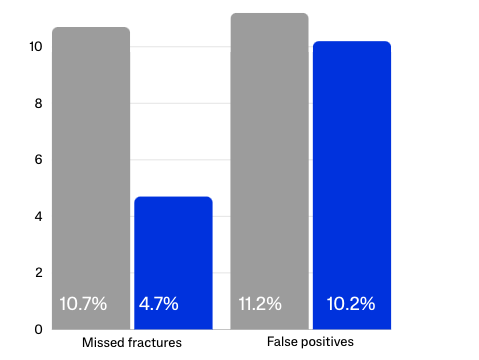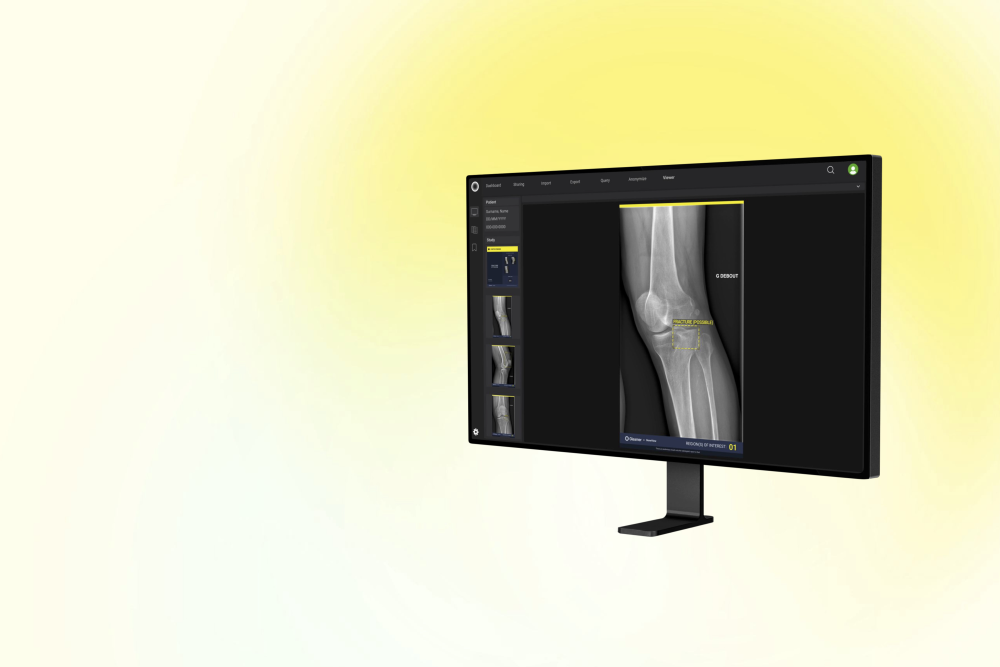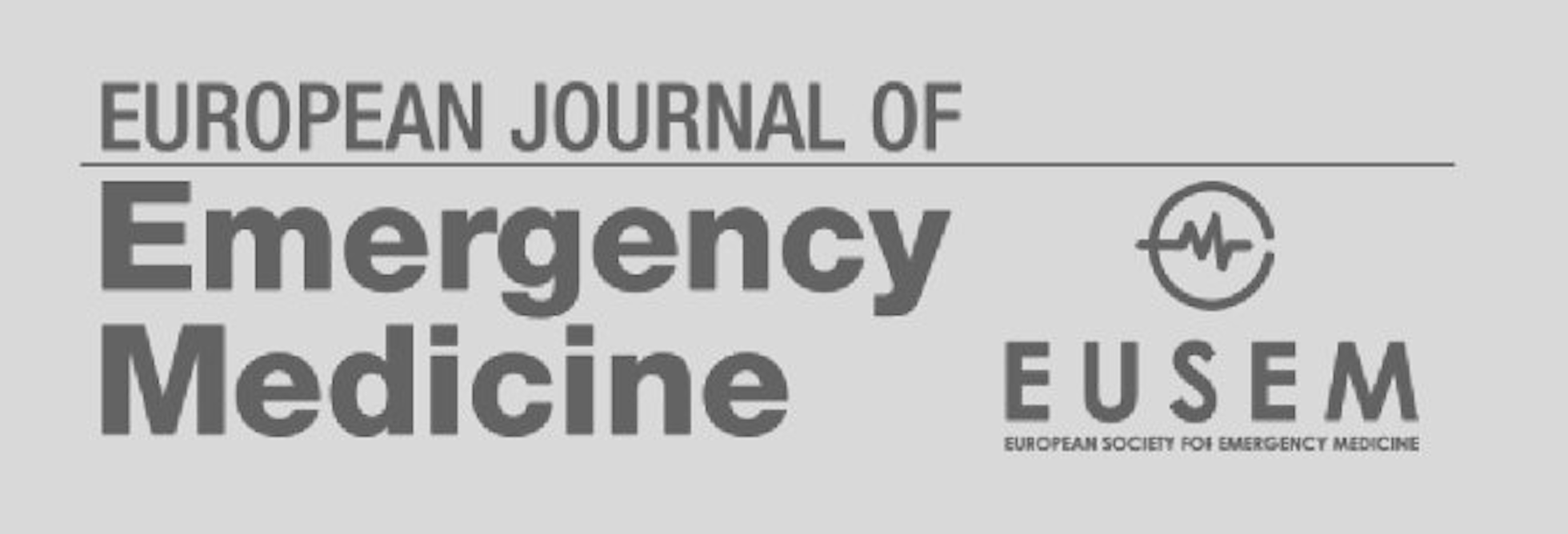Artificial intelligence effectivity in fracture detection
The scientific study aimed to explore the practical implementation of artificial intelligence (AI) technologies in radiology and traumatology for fracture detection, as well as evaluate their overall effectiveness in modern medicine. In recent years, AI has gained significant traction in the healthcare industry, enabling the analysis of patients' clinical data and facilitating disease diagnosis, monitoring, risk assessment, and surgical intervention possibilities. The relevance of the scientific work is in the gradual expansion of practical applications of artificial intelligence technologies in medicine, particularly in radiology for diagnosing fractures. The study aimed to investigate the practical effectiveness of AI technology in fracture detection on example of Hospital of Traumatology and Orthopaedics in Riga, Latvia.
Methodology
The methodological approach combined system analysis of AI system implementation in modern medical institutions for creating X-ray images with a clinical study of fracture diagnosis experience at the Hospital of Orthopedics and Traumatology in Riga, Latvia. Fractures were detected by radiologists, attending physicians, and the AI program, with comparisons made between them.
Results
Results were analyzed to assess the program's efficacy. The results of the study demonstrated the high effectiveness of AI technologies in fracture detection. The application of these systems in clinical practice led to a significant reduction in diagnostic errors (by 2-3 times) and an increase in diagnostic accuracy (from 78.1% to 85.2%). Moreover, AI systems proved to be capable of detecting fractures that were not initially identified during routine examinations by paramedics and medical practitioners. This emphasized the practicality of expanding the use of these systems in clinical practice.

Conclusion
The practical significance of the obtained results is in their potential use in the development of software systems based on AI, aimed at enhancing fracture diagnosis in medical institutions. These findings provided valuable insights for further advancements in AI-based technologies for fracture detection.



